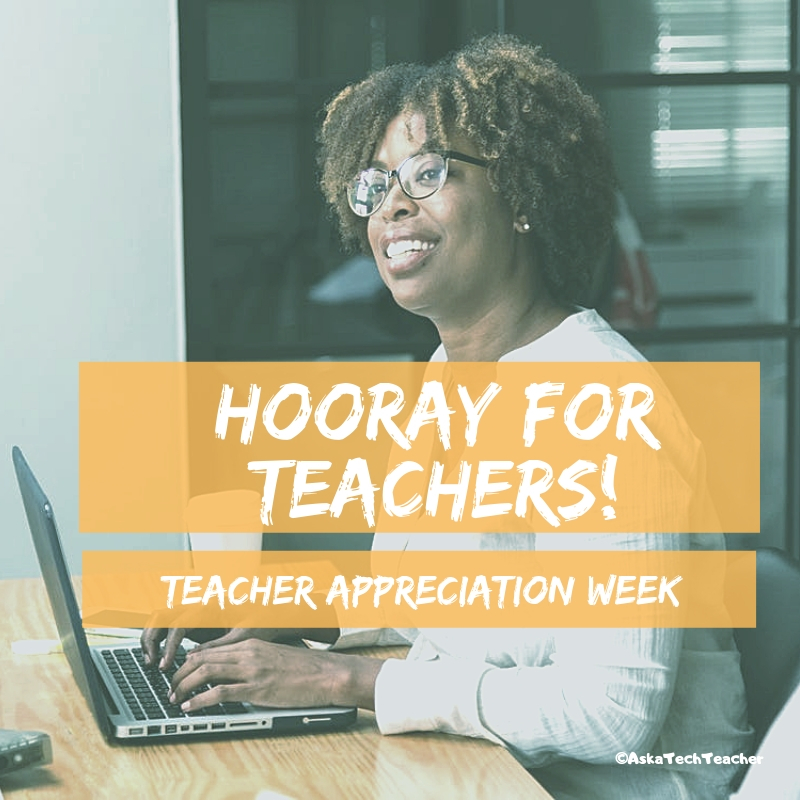Virtual Reality–VR–is the 2018 buzzword among students, teachers, and even parents. And rightfully deserved, VR has the ability to recreate so many of the rules that used to shape education. Ask a Tech Teacher contributor, Sara Stringer, shares her opinion on the key factors that could affect the importance of VR to education:
Opinion: How VR Will Impact Student Education
Virtual reality (VR) is an exciting new concept that continues to shape how users see the world around them. It’s one of the few technologies that inspires students who have never known life without smartphones and the internet.
The learning potential of VR is incredible. It offers new ways to inspire and engage students and will undoubtedly have a greater presence in education as the technology becomes more available. In particular, students who are enrolled in online charter schools can greatly benefit from these technological advances. However, to really predict the prevalence of virtual reality in the future of education, we have to take a look at three key factors.
Age Usage
One of the things that makes VR so universal is its ease of use for students of all ages.
Younger students—preschool to early elementary—typically learn through experience. Putting them into immersive environments can complement the learning they’re doing at home or in the classroom and extend their understanding of new concepts and ideas. Through VR, they can visit far-off places, see dinosaurs walk the earth, and observe wildlife in their natural habitats.
VR gives students more contextual information to what they’re learning. Reading or watching videos about the tides is one thing; being submerged in the ocean to witness the influence they have on sea life is another. It can also unlock students’ potential and keep them engaged no matter what subject they’re learning. They can gain new perspectives on the people, places, cultures, and subjects they’re studying. More complex subjects, like anatomy, can come to life for older students. Not only can they virtually visit a lab, but they can hold a heart in their hand.
Feasibility
Like most technologies, price can be a barrier to adoption. There are several top-of-the-line offerings for VR experience, but those typically come with a hefty price tag—often upwards of $500.
The longer VR devices are on the market, the more affordable they become. There are some affordable options, like the Google Cardboard, which runs around $15 and can work for students on a budget. The experience may not be as immersive as the more expensive versions, but they serve as an acceptable introduction to VR.
Applications
We’ve already explored some of the applications for VR in education, but its potential is virtually limitless. Here are a few examples.
Virtual Fields Trips
Places like the Smithsonian Museum offer virtual tours of their exhibits. Google’s Expeditions provides a growing cache of field trips as well. There are also several organizations and programs that take students on adventures into outer space or to the Jurassic Age. Some VR programs even allow teachers to film in 360 to create their own virtual content for their students.
Special Education
Some schools are using VR to help students with special needs. The sensory immersion—when a VR headset is used in conjunction with headphones and audio—can comfort them and keep them calm as they learn new concepts throughout the school day. It can also be a low-agitation way for them to experience new destinations before they visit in real life, giving them time to get familiar to their surroundings.
Vocational Training
High school students can begin vocational training in the virtual world, which increases their competency once they start their work in the real life. VR can take the place of traditional job shadowing but still give students the perspective they need to succeed on the job. It’s a safe way to gain experience and see a workspace from all angles without ever having to leave the classroom or home.
The future of virtual reality in education might still be up in the air, but we’re excited to see it reach its full potential. For more information about advances in learning, contact CalPac today.
–Sara Stringer is a former medical and surgical assistant who now does freelance business consulting. She enjoys blogging and helping others. In her spare time (translation: the time spent doing what’s most important), she enjoys soaking up the sunshine with her husband and two kids.
Jacqui Murray has been teaching K-18 technology for 30 years. She is the editor/author of over a hundred tech ed resources including a K-12 technology curriculum, K-8 keyboard curriculum, K-8 Digital Citizenship curriculum. She is an adjunct professor in tech ed, Master Teacher, webmaster for four blogs, an Amazon Vine Voice, CSTA presentation reviewer, freelance journalist on tech ed topics, contributor to NEA Today, and author of the tech thrillers, To Hunt a Sub and Twenty-four Days. You can find her resources at Structured Learning.




































1 thought on “The Impact of VR on Student Education”
Comments are closed.